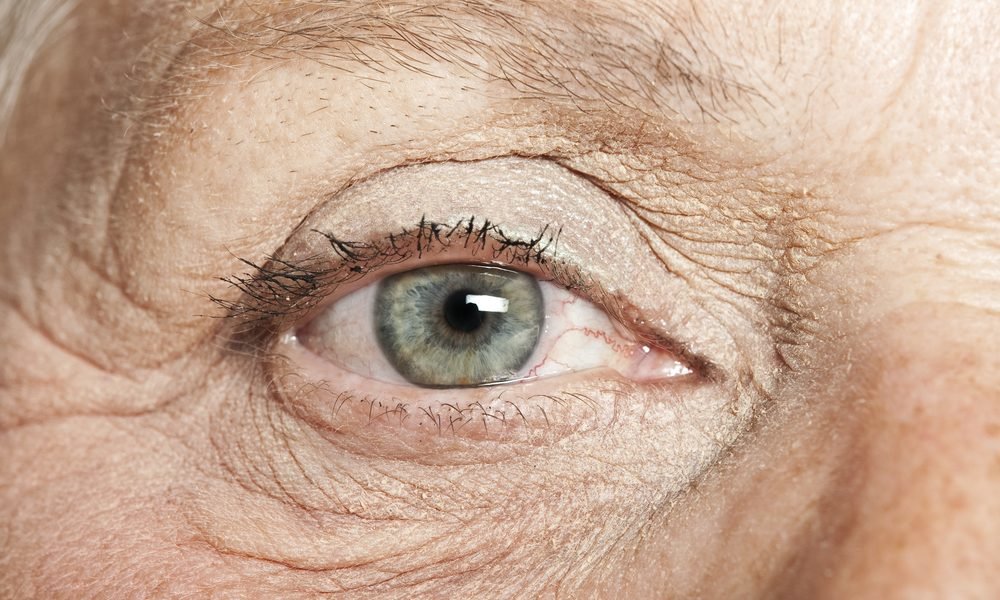
New Treatment Shows Promising Results for Restoring Vision in Old Age

“See you later,” is a phase that you often use before the end of a meeting or a workday. However, if you’re one of the 7.3 million people in the U.S. who are at a substantial risk for developing Age-Related Macular Degeneration (AMD) which can eventually lead to vision loss.
1.8 million Americans have already been diagnosed with it, with women being at a greater risk than men. Most people who are at the risk of vision loss develop a dry form of AMD which has no known cure – but a new technology has given millions of people hope of regaining their vision even after developing the disease.
New Treatment for Age-Related Vision Loss
Scientists have developed a new bioengineered retinal implant which, although still in its initial testing phase, has given scientists new hope for effectively treating vision loss that occurred due to a specific type of AMD that had previously been considered incurable.
Dr. Amir H. Kashani, who spearheaded the groundbreaking research in finding a cure for dry AMD, says that the new implants are effective in preventing the debilitating disease from progressing further, and in many cases, even improve the vision of patients who have partially or completely lost their eyesight. In the first stage of the research, Kashani and his team have successfully accomplished the goal of proving that the implants are safe for humans.
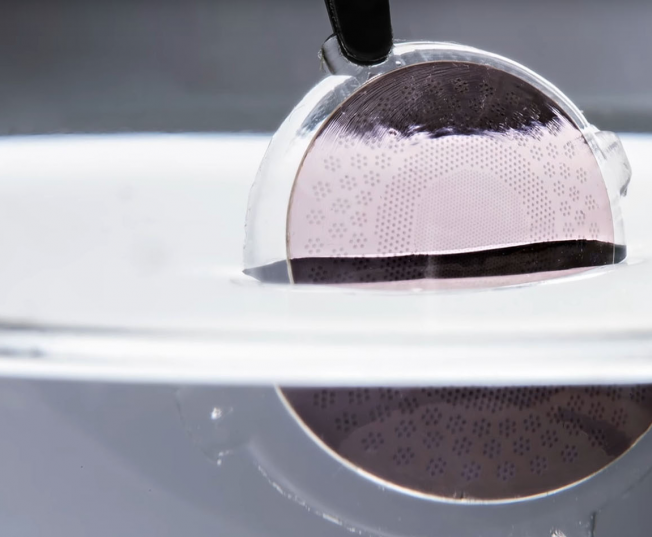
The new bioengineered retinal implant is the first ever treatment for dry NNAMD that has shown positive results
Kashani says that an increasing number of adults are being diagnosed with Non-neovascular age-related macular degeneration (NNAMD), a disease that occurs in either wet or dry form. Even though the two forms have varying rates of progression, they both lead their patients to the same unfortunate ending: blindness. This age-related disease affects a delicate membrane in the eye called the retinal pigment epithelium (RPE) which provides nourishment to the retinal cells as well as protect them from degenerating.
Understanding Different Types of NNAMD
Most people who are diagnosed with age-related macular degeneration, have the dry kind which results in gradual loss of vision and retinal focus as patients grow older. In many cases, people with dry NNAMD suffer from memory loss and are unable to perform the simplest of tasks such as reading or writing. But Kashani’s new implant technique has made it possible for people with this specific type of age-related macular degeneration to regain their vision and stop the disease from progressing. There already exist effective treatment and prevention measures for the other kind of age-related macular degeneration, known as wet NNAMD.
Dr. Mark S. Humayun, the co-author of the study who invented the implant, says that, so far, the subjects who have received the new stem cell-based treatment have responded incredibly well to it and the positive results of the first trial have opened new doors of possibilities for the treatment of dry age-related macular degeneration.

Dry NNAMD is the most common form of age-related macular degeneration which leads to blindness in old age
Results of the First Clinical Trial
The small retinal implant, which was carefully designed and put together by a team of qualified researchers, is made up of a thin layer of RPE cells attached to a supportive structure. The implant derived from embryonic stem cells was then inserted in the retinas of 4 patients, who had volunteered to participate in the study, through an eye surgery. A number of institutions in California including the USC Roski Eye clinic had collaborated on the groundbreaking research. The results of the first clinical trial, which lasted for a year and was partly funded by California Institute for Regenerative Medicines, were published recently in the journal of Science Translational Medicine.
The participants were observed for 12 months after receiving the implants to ensure that the new technology was safe to use on humans. In their final assessment, the researchers noticed that after the initial healing period the implant had integrated with the patients’ natural retinal tissue to restore their vision and prevent the NNAMD from getting worse. Moreover, none of the patients showed symptoms of adverse reaction towards the surgery or the implant.
At the end of the study, the researchers conducted a preliminary assessment to measure the improvement in patients’ eyesight. Of the four participants who received the surgery, two had made significant gains in visual function and acuity, and were able to see more clearly, while the remaining two suffered no further vision loss.
More in Medical Conditions
-
Worried About Diabetes? Here Are Some Common Myths
There are several myths about diabetes that are frequently reported as facts. Diabetes misrepresentations can sometimes be harmful, leading to an...
June 29, 2023 -
Many Patients Pay Their Medical Costs Out Of Their Pockets – Even With Insurance
With rising inflation, it has become difficult for people to even fulfill their basic necessities. They are more concerned about how...
June 6, 2023 -
What Is The Right Weight For Kids And How To Gain Weight Healthily
Keeping your child happy and healthy is the primary concern of every parent. Parents usually focus on providing their young ones...
May 12, 2023 -
Thyroid Disorders in Children: What Parents Need to Know
Thyroid disorders are not limited to adults; they can also affect children. The thyroid gland produces hormones that play a crucial...
April 29, 2023 -
Should Doctors Attend To Patients With ‘Do Not Resuscitate Tattoos’?
Doctors at the University of Miami hospital were confronted with a dilemma when a 70-year-old unconscious man with a tattoo “do...
April 3, 2023 -
Your Antidepressant May Not Work If You Keep Doing This One Thing
People use social comparison to measure their self-worth. Social comparison has been in existence since time immemorial, and it is as...
April 1, 2023 -
Pro Tips on Preventing Hair Breakage While Keeping Your Hair Moisturized at Home
Every one of us is thinking a lot about how to forestall hair breakage and keep them moisturized at home. Since...
March 22, 2023 -
Planning to Travel After Retirement? This is the Best Medicare Coverage for You
Does Medicare insurance go with you once you are out of the country? It’s currently open enrollment period, and while planning...
March 14, 2023 -
Lumeris, A Medical Insurance Provider, Expands Into 5 New States & 44 Counties
Lumeris is one of the leading insurance providers in the United States. For years, the Saint Louis, Missouri-based firm has been...
November 8, 2022

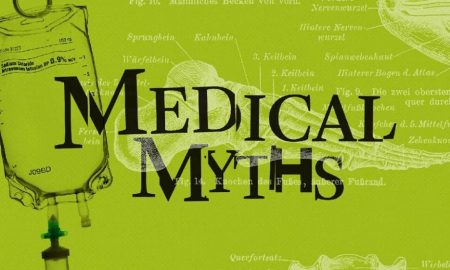



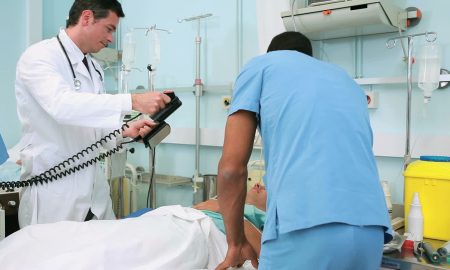



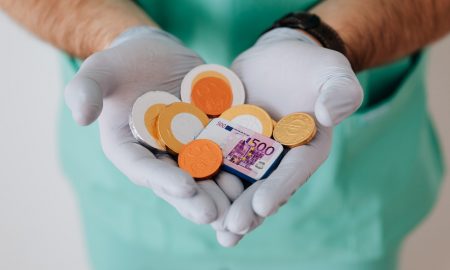


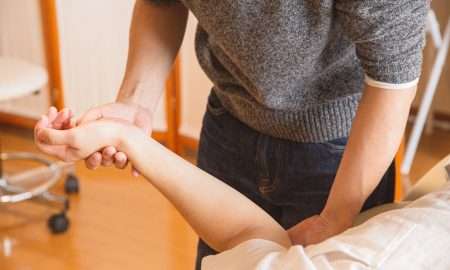


You must be logged in to post a comment Login